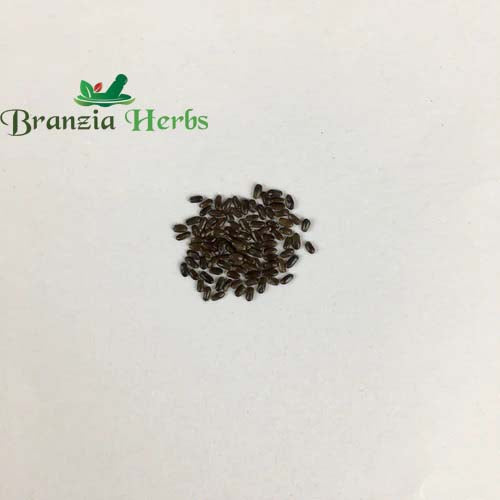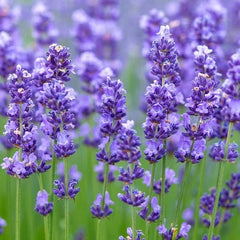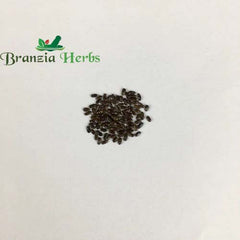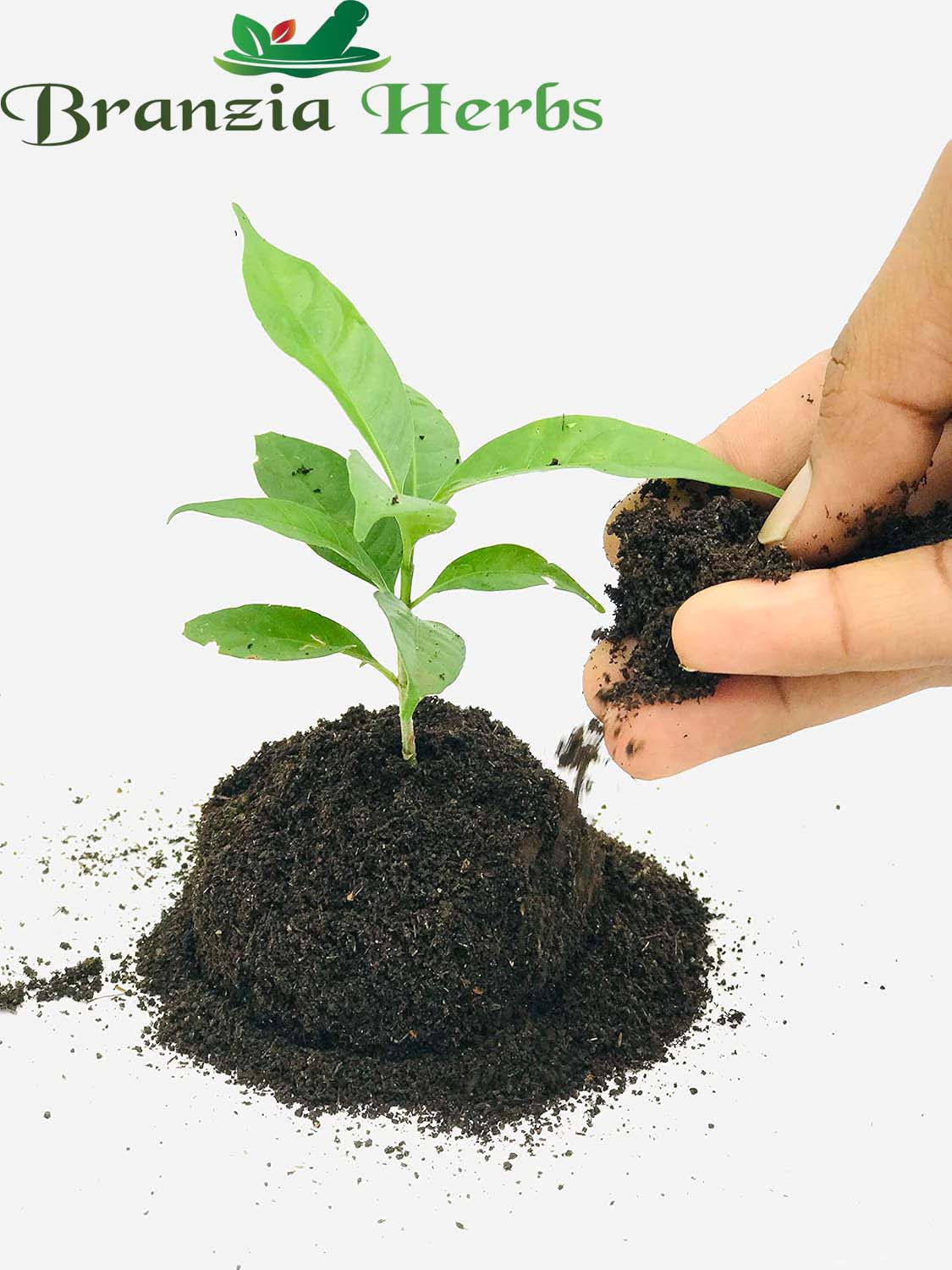Lavender (Lavandula angustifolia) is a popular and aromatic herb renowned for its beautiful purple flowers and soothing scent. It is widely used in cooking, as a decorative plant, and in various medicinal and cosmetic applications. Here’s a comprehensive guide on Lavender Herb Seeds, including their characteristics, benefits, and planting care:
Characteristics
-
Appearance:
- Seeds: Lavender seeds are small, dark brown, and oval-shaped, about 1-2 mm in diameter. They are quite tiny and need careful handling.
- Plant: Lavender is a woody perennial herb with narrow, silver-green leaves and tall spikes of purple flowers. The plant typically grows 30-60 cm (12-24 inches) tall and wide, with the flower spikes reaching up to 90 cm (36 inches) in height.
-
Plant Size:
- Height: Typically grows to about 30-60 cm (12-24 inches) tall.
- Spread: Can spread up to 30-60 cm (12-24 inches) wide.
Benefits
-
Culinary Uses:
- Flavoring: Lavender flowers can be used to infuse flavor into dishes such as desserts, baked goods, and beverages. It’s also used in making lavender sugar and lavender syrups.
- Herbal Blends: Lavender is sometimes included in herbal tea blends and culinary herbs for its aromatic qualities.
-
Medicinal Uses:
- Relaxation and Sleep: Lavender is known for its calming and relaxing properties. It is commonly used in aromatherapy to promote relaxation and improve sleep quality.
- Digestive Health: Lavender is traditionally used to relieve digestive issues, including nausea and bloating.
- Skin Care: Lavender essential oil is used in skincare products for its soothing, anti-inflammatory, and antiseptic properties. It can help with minor burns, cuts, and insect bites.
-
Cosmetic Uses:
- Aromatherapy: Lavender oil is popular in aromatherapy for its calming and stress-relieving effects.
- Bath Products: Lavender is commonly used in bath salts, lotions, and soaps for its soothing and fragrant properties.
Planting Lavender Seeds
-
Preparation:
- Seed Treatment: Lavender seeds benefit from a period of cold stratification to improve germination rates. Place seeds in the refrigerator for 4-6 weeks before planting.
-
Timing:
- Optimal Season: Plant lavender seeds indoors 8-10 weeks before the last frost or directly outdoors in spring after the last frost when soil temperatures are consistently above 18°C (65°F).
-
Soil and Location:
- Soil Type: Prefers well-drained, sandy or loamy soil with a slightly alkaline to neutral pH. Good drainage is crucial, as lavender does not tolerate waterlogged soil.
- Location: Choose a sunny location with full sun exposure. Lavender thrives in warm, sunny climates and requires plenty of sunlight.
-
Planting:
- Sowing Seeds: Sow seeds about 1/8 inch (0.3 cm) deep in the soil. Space seeds or seedlings about 30-45 cm (12-18 inches) apart to allow for spreading.
- Germination: Seeds typically germinate within 14-28 days. Keep the soil consistently moist but not waterlogged during this period.
-
Watering:
- Initial Care: Water the soil thoroughly after planting and maintain consistent moisture until seedlings are established.
- Ongoing Care: Water sparingly once established. Lavender prefers drier conditions and should not be overwatered. Allow the soil to dry out between waterings.
-
Fertilizing:
- Nutrients: Lavender requires minimal fertilization. Apply a balanced fertilizer or compost sparingly in early spring. Avoid excessive nitrogen, which can lead to excessive foliage growth at the expense of flowers.
Care and Maintenance
-
Pruning:
- Trimming: Regularly trim or prune lavender plants to encourage bushier growth and prevent them from becoming leggy. Remove spent flower spikes and any dead or damaged growth.
- Harvesting: Harvest flowers when they are in full bloom for use in cooking or making sachets. Cut flower spikes just above the foliage.
-
Pest and Disease Management:
- Monitoring: Lavender is relatively pest-resistant but can be affected by pests such as aphids and spider mites. Watch for signs of fungal diseases like root rot and powdery mildew.
- Control: Use organic pest control methods if needed and ensure good garden hygiene to prevent disease.
-
Protection:
- Winter Care: In colder climates, mulch around the base of the plant to protect it during winter. Lavender is generally hardy but may need protection in very cold regions. In extremely cold areas, consider growing lavender in containers that can be moved indoors during winter.
Environmental Considerations
- Climate Adaptation: Lavender is well-suited to Mediterranean climates but can be grown in a variety of environments with proper care. It thrives in sunny, well-drained conditions and may need extra protection in very cold climates.
- Sustainability: Ensure planting practices are sustainable and adhere to local regulations regarding agriculture and conservation.
Summary
Lavender Herb Seeds offer a fragrant and versatile addition to your garden or kitchen. By following proper planting and care guidelines, you can successfully grow lavender and enjoy its beautiful flowers and soothing aroma in a variety of culinary, medicinal, and cosmetic applications. Lavender thrives in well-drained, sunny conditions and requires minimal water and fertilization for optimal growth. Its benefits make it a valuable herb for multiple uses, from cooking and skincare to relaxation and decoration.






